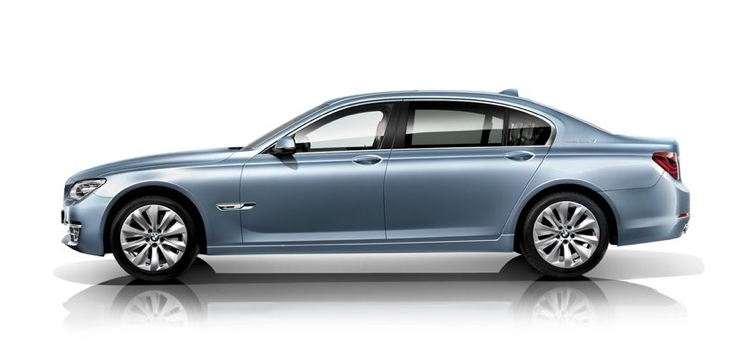Dangerous street design and car-centric development deserve much of the blame for America's sickeningly high rate of pedestrian fatalities. But don't forget about dangerous car design.
Over the past decade, automotive safety regulators in Europe have made pedestrian safety a priority. But their American counterparts have not adopted the same rules to protect people outside of vehicles. As pedestrian deaths rise alarmingly fast in the U.S., with nearly 6,000 lives lost last year, the difference between the American and European approaches to the regulation of car design stands out strongly.
American auto regulators are very capable of improving safety when they set their mind to it. Mandates for equipment like seatbelts, airbags, crush-resistant roofs, and rear-impact protection are credited with saving millions of lives. But those safety measures are only meant to protect people inside automobiles.
The regulators at the National Highway Traffic Safety Administration have never gotten serious about adapting vehicle design to protect pedestrians.
The story is different in Europe. In 2010, the European Union introduced new auto safety standards designed to reduce pedestrian fatalities and injuries, stemming from a set of recommendations released by the United Nations the previous year [PDF].
To reduce the risk of head trauma, the EU rules call for features like higher hoods to reduce the severity of impact in the event a driver strikes someone outside the car. Mandates to improve "survivability" for pedestrians have prompted some vehicle makers to incorporate external airbags.
Vehicles must be subjected to crash tests evaluating front-end impacts with pedestrians. The tests measure the impact on an adult's head, a child's head, and an adult's legs.
Though American regulators considered adopting similar pedestrian safety goals years ago, they have resisted them. The Insurance Institute for Highway Safety reports that NHTSA studied pedestrian safety regulations from the 1970s through the 1990s, but never acted.
"The agency never made clear its reasons for abandoning the idea, but the motivation for it likely faded as pedestrian fatalities continued to drop on their own," IIHS wrote in 2011, when pedestrian deaths were about 25 percent lower than they are now.
The late consumer advocate Clarence Ditlow told Automotive News in 2012 that "pedestrian protection is one of the last frontiers of vehicle safety." He added: "NHTSA has been reluctant to regulate it because it so closely relates to styling."
In other words, features that save lives might affect the way cars look, and car companies don't want to mess with appearances.
David Zuby, chief research officer with IIHS, says another reason U.S. regulators have been hesitant to implement the international standards is because it's not clear how they would apply to SUVs and pickup trucks. Those vehicles made up 63 percent of America's new car sales last year, far higher than the share in Europe.
"The regulators would want to do something to protect pedestrians... but they want to do so in a way that is relatively practical for the auto industry," he said. "They try to strike that balance. That's the thing that has led to indecision on the government’s part."
Making cars safer for pedestrians requires reducing the severity of impacts with a vehicle's front end, hood, and pillars. But for high-riding SUVs and pick-up trucks, the physics of collisions are different. Those types of vehicles carry greater risk for pedestrians because the impact point is so high it can cause people to fall and be pushed under the wheels, Zuby says.
Nevertheless, Zuby does think the European regulations would improve pedestrian safety, though he refrained from estimating the scale of the impact.
In December, 2015, NHTSA made a move that could have helped. The agency said it was considering incorporating some of the international pedestrian safety standards into its vehicle safety ratings. The change wouldn't have required carmakers to do anything, but some pedestrian safety metrics would affect the NHTSA ratings, and automakers are very motivated to score well on these tests, says Zuby.
Unfortunately, the language disappeared from the NHTSA site after Trump took office. Now the issue is again in limbo.
"At every point our government has had to make a decision they’ve either pushed it off into the future decided not to act," said Zuby. "It would help if we had those regulations on the books here."






